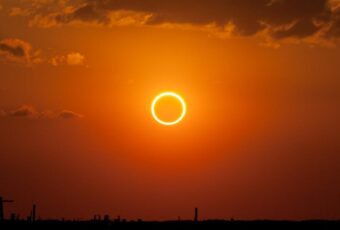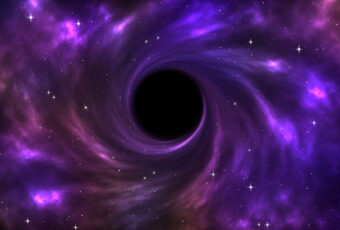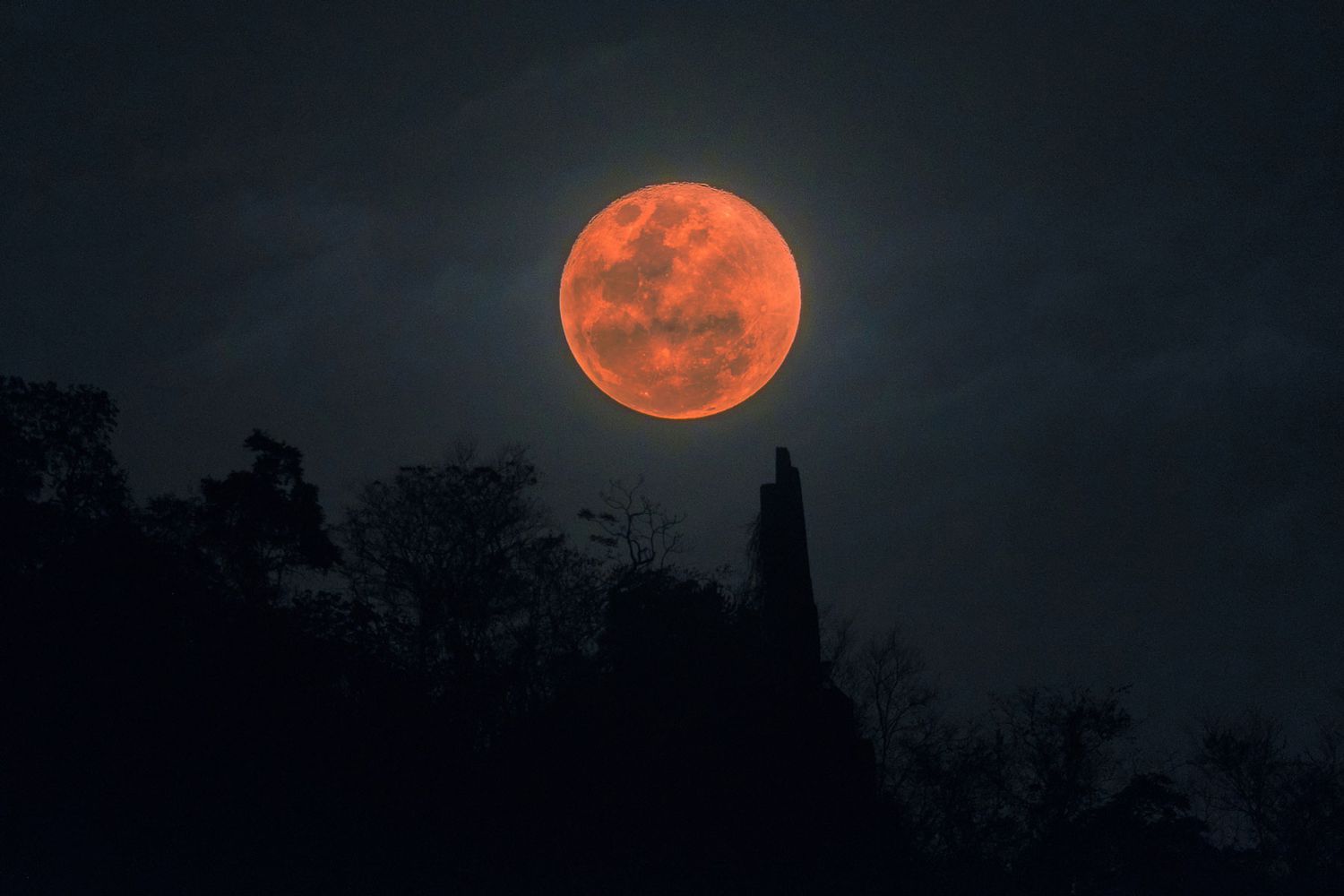
The Basics Of A Blood Moon
The Basics of a Blood Moon
A total lunar eclipse takes place when the Earth moves precisely between the sun and the moon, causing the Earth’s shadow to be cast entirely over the lunar surface. During this eclipse, the moon appears to darken and then takes on a deep, reddish or copper hue, hence the name “blood moon.”
The Science Behind the Color
The reddish coloration of a blood moon is a result of Earth’s atmosphere scattering sunlight. While shorter blue and green wavelengths are scattered in various directions, the longer red wavelengths are refracted toward the moon, bathing it in a warm, eerie glow.
Frequency of Blood Moons
Total lunar eclipses, or blood moons, are relatively rare events. On average, they occur about once or twice a year globally. However, the frequency can vary depending on the region and specific calendar years.
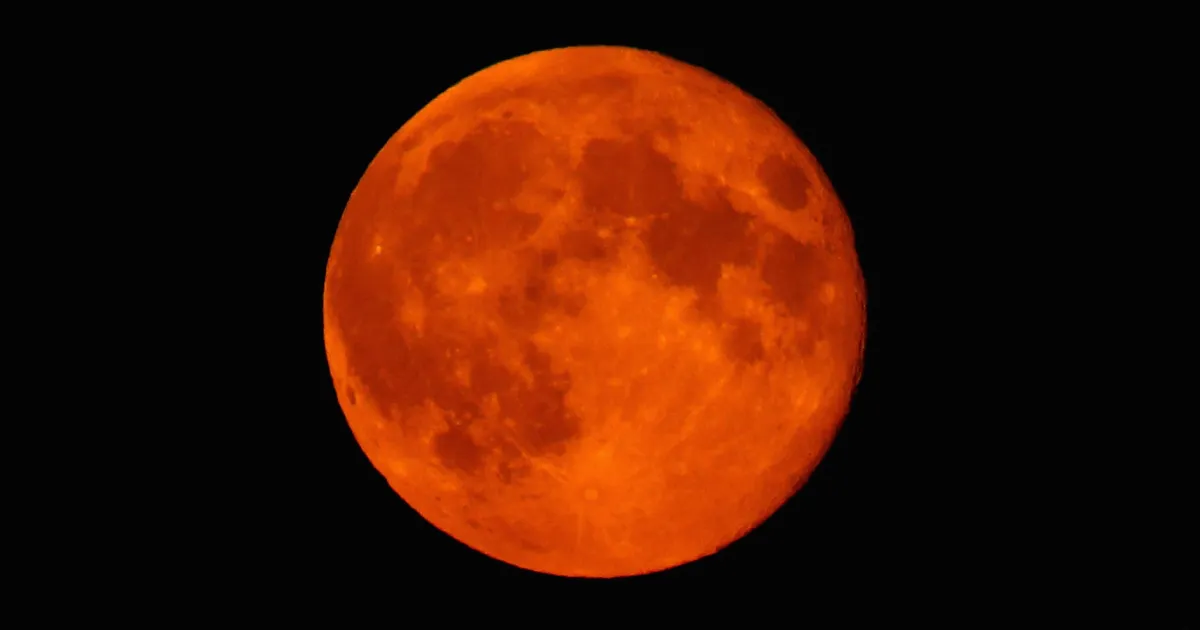
Frequency Of Blood Moons
Cultural Significance
Throughout history, blood moons have held cultural and symbolic significance in various societies. Many cultures have associated lunar eclipses with myths, legends, and predictions, often seeing them as celestial messages or omens.
A Sight to Behold
Witnessing a blood moon is a truly mesmerizing experience. The moon, cloaked in its deep red hue, creates a breathtaking celestial spectacle that has captivated stargazers and photographers alike. The eerie beauty of a blood moon is a reminder of the majesty of the universe.
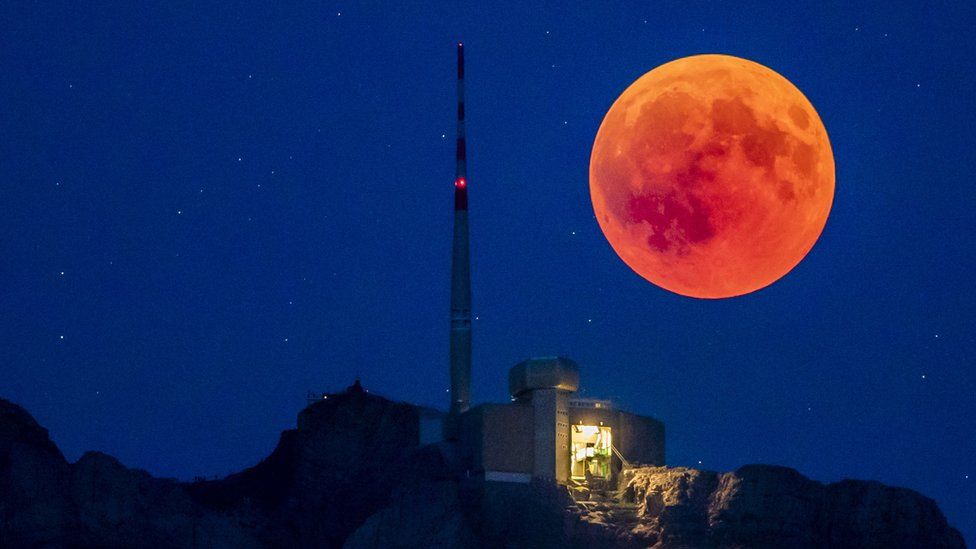
A Sight To Behold
Viewing a Blood Moon
To witness a blood moon, you don’t need special equipment, making it a readily accessible astronomical event. Find a location with an unobstructed view of the moon during the eclipse’s peak. During this period, the moon will appear in its blood-red glory. A blood moon can be observed with the naked eye, but binoculars or a telescope can provide a closer look at its details.






